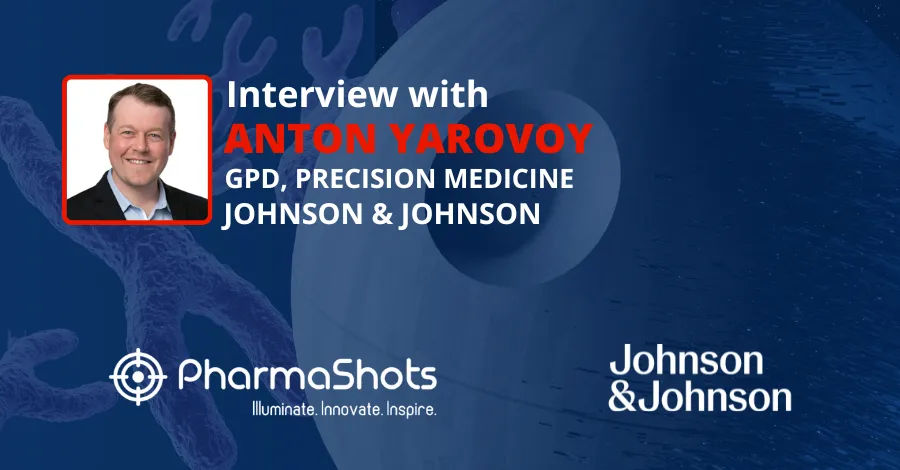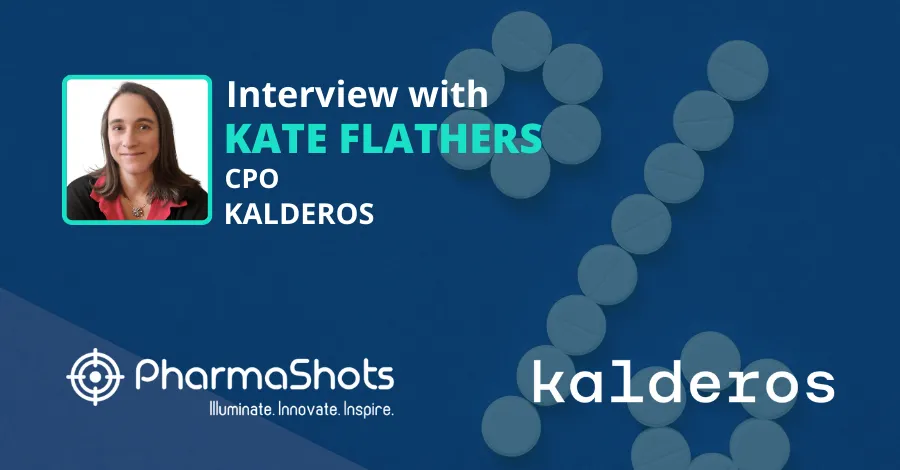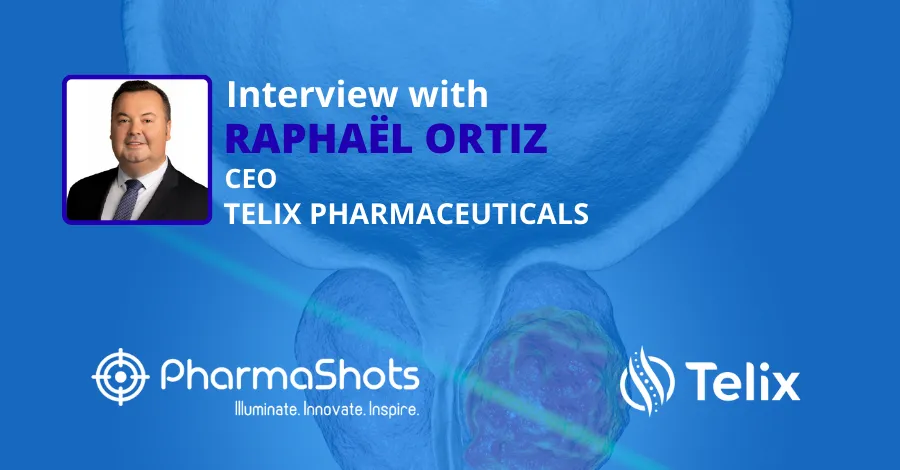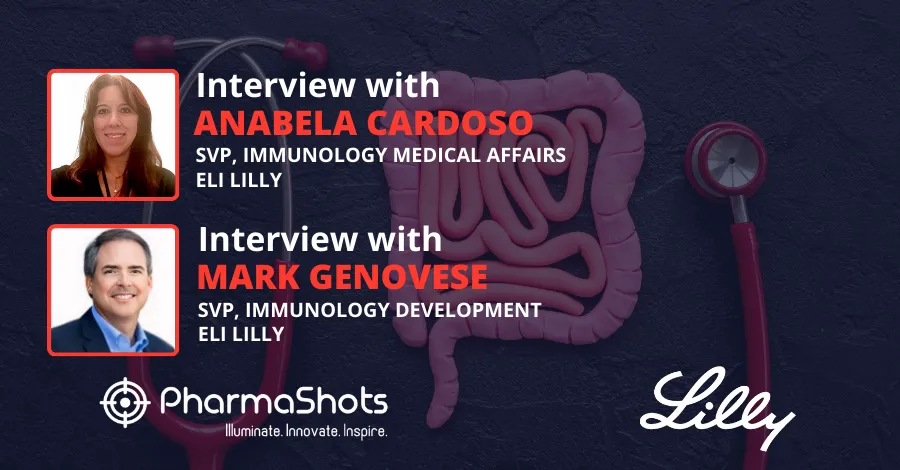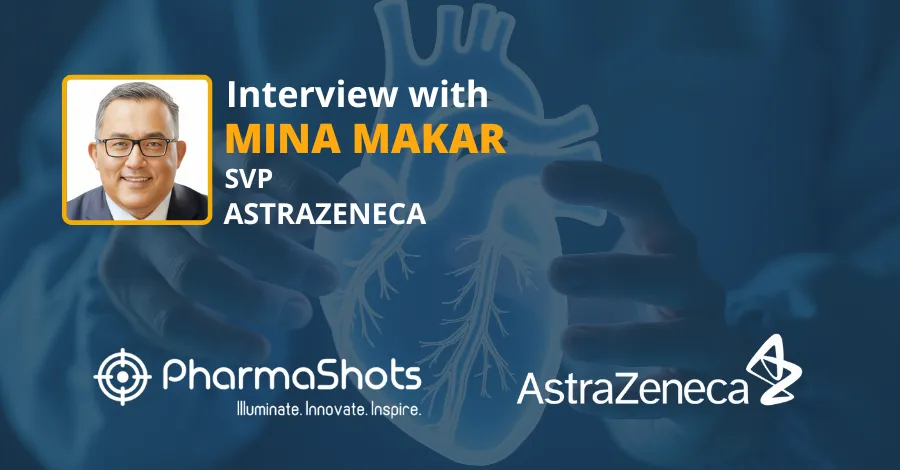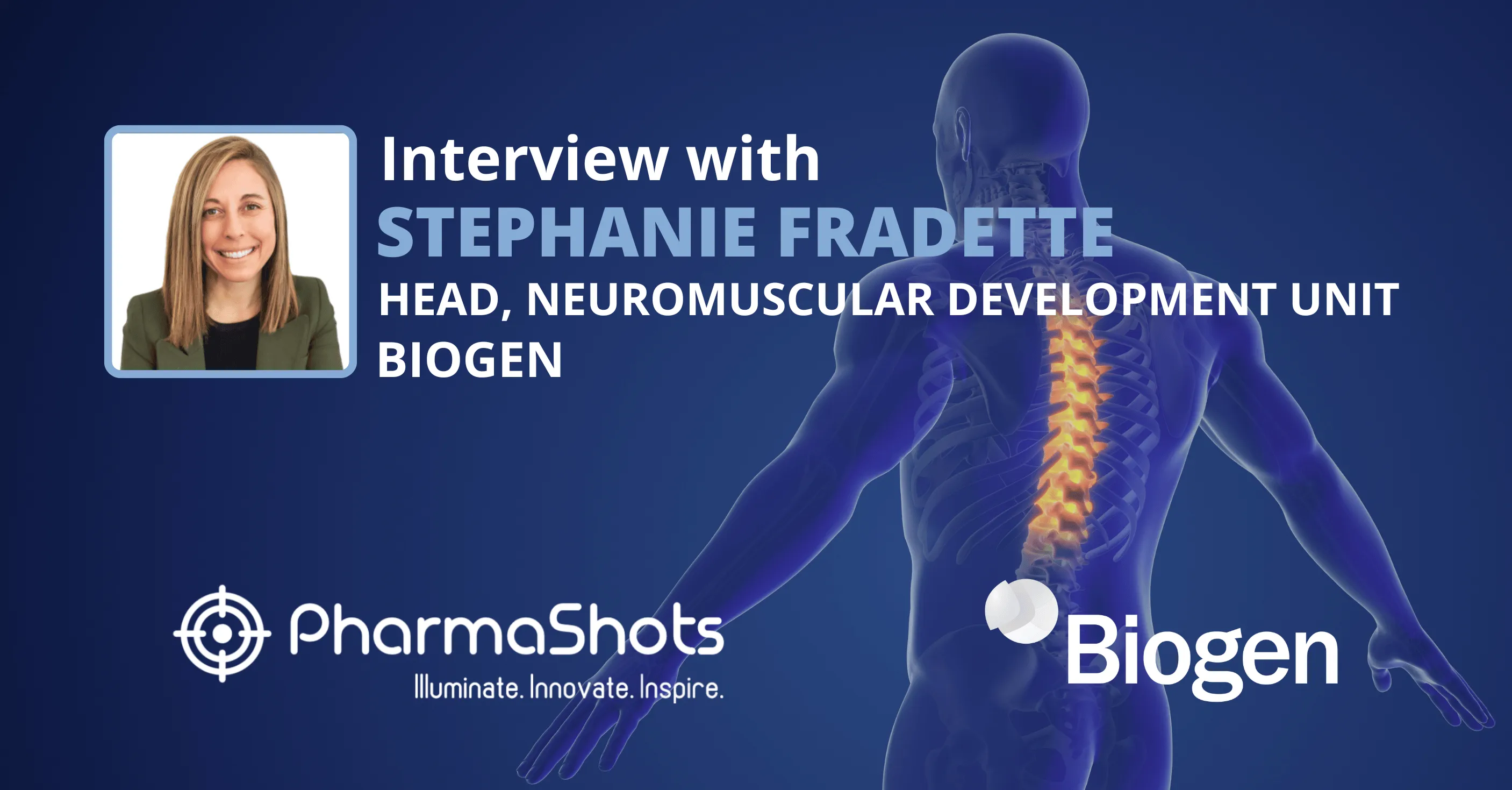
Jennifer Davidson Highlights the Data from the Phase 3 QUASAR Induction Study 1
Shots:
-
Jennifer Davidson, VP, of Medical Affairs Immunology, Johnson & Johnson Innovative Medicine shares insights from the data of the Phase III QUASAR induction study presented at the DDW'23
-
P-III QUASAR induction study 1 demonstrated positive results in patients who received TREMFYA 200 mg vs Placebo, with most of the patients achieving remission at week 12
-
Jennifer sheds light on the P-III trial evaluating TREMFYA for the treatment of moderately to severely active CD
Saurabh: We have already spoken about Tremfya's basic information in our past interviews. Let's start with the study design & give us some insights into the new efficacy and safety data from the P-III (QUASAR) induction study for the treatment of moderately to severely active ulcerative colitis
Jennifer: As you mentioned, we’ve discussed how TREMFYA has demonstrated robust safety and efficacy across multiple indications. Now, in the Phase 3 QUASAR Induction Study 1, among 701 patients randomized 3:2 to receive intravenous (IV) TREMFYA 200 mg or placebo at Weeks 0, 4, and 8, and observed through Week 12, results show a significantly greater proportion of patients treated with TREMFYA compared with placebo (22.6 percent versus 7.9 percent, p<0.001) achieved clinical remission at Week 12, the study’s primary endpoint.
Saurabh: Enlist the key points of the P-III Tremfya’s QUASAR study, what are the new updates vs older results or other trials? What were the key objectives of the trial for UC, and were they achieved?
Jennifer: Compared to placebo, a greater proportion of TREMFYA-treated patients at Week 12 achieved:
- Clinical response (61.5 percent versus 27.9 percent placebo [p<0.001])
- Endoscopic improvement (26.8 percent versus 11.1 percent placebo [p<0.001])
- Histo-endoscopic mucosal improvement (23.5 percent versus 7.5 percent placebo [p<0.001])
- Endoscopic normalization (15.0 percent versus 5.0 percent placebo [nominal p<0.001])
At Week 4, 22.6 percent of patients receiving TREMFYA achieved symptomatic remission versus 12.9 percent on placebo (p<0.001). At Week 12, 49.9 percent of patients achieved symptomatic remission versus 20.7 percent placebo (p<0.001). Additional efficacy analysis of symptomatic response has also shown a higher symptomatic response rate in TREMFYA-treated patients relative to placebo-treated patients as early as Week 2 (34 percent versus 23.6 percent) and increasing through Week 12 (71.7 percent versus 35 percent).
The data presented at DDW underscore our continued commitment to understanding and investigating treatment options and inflammatory pathways, pursuing therapies that can potentially address the multifaceted nature of immune-mediated diseases like UC and CD. Our goal is to help more patients feel well.
Saurabh: Provide the clinical explanation to the statement: “Tremfya showed significant clinical improvements across symptomatic and histo-endoscopic”. What specific endpoints were evaluated to assess the efficacy of Tremfya in UC?
Jennifer: This study achieved its primary endpoint of clinical remission at week 12. Additional measures that were assessed include:
- Clinical remission: a Mayo stool frequency subscore of 0 or 1 and not increased from baseline, a Mayo rectal bleeding subscore of 0, and a Mayo endoscopy subscore of 0 or 1 with no friability present on the endoscopy
- Symptomatic remission: a stool frequency subscore of 0 or 1 and not increased from baseline and a rectal bleeding subscore of 0
- Clinical response: a decrease from baseline in the modified Mayo score by ≥30 percent and ≥2 points, with either a ≥1 point decrease from baseline in the rectal bleeding subscore or a rectal bleeding subscore of 0 or 1
- Endoscopic improvement: an endoscopy subscore of 0 or 1 with no friability present on the endoscopy
- Histo-endoscopic mucosal improvement: achieving a combination of histologic improvement (neutrophil infiltration in <5 percent of crypts, no crypt destruction, and no erosions, ulcerations, or granulation tissue according to the Geboes grading system, i.e., Geboes score ≤3.1) and endoscopic improvement (endoscopy subscore of 0 or 1, with no friability present on the endoscopy)
- Endoscopic normalization: an endoscopy subscore of 0
Saurabh: Are there any plans for further studies or trials to investigate the long-term efficacy and safety of Tremfya in UC or IBD?
Jennifer: We are making every effort to innovate for patients who live with diseases where considerable needs remain, and we are dedicated to relentlessly advancing care for the millions of people worldwide living with immune-mediated diseases.
IBD, which includes UC and CD, affects as many as 1.6 million people in the United States and 6.8 million people globally. As there is no cure for this chronic, progressive disease, the goal of treatment is sustained clinical remission; however, unmet patient needs remain, as a third of patients do not respond to a first biologic, and 30-50% lose response during therapy.
Despite advances in therapy and numerous treatment options, many patients with moderately to severely active UC still experience inadequate response or intolerance to existing therapies.
Across Immunology portfolio, we focus on where the impact of disease on patients is highest and gaps in treatment remain greatest. We have an active and growing Immunology R&D program with 21 first-in-class programs in Phase 2 or 3 and are leveraging our pathways-based strategy to expand our pipeline. The data presented at DDW can help patients and healthcare providers make more informed treatment decisions, ultimately helping to reduce the daily burden of chronic diseases, like inflammatory bowel disease. Johnson & Johnson Innovative Medicine remains deeply committed to the patients and their loved ones impacted by immune-mediated diseases.
For more information about our work in IBD, please visit our Commitment to Gastroenterology newsroom at janssen.com/gastroenterology.
Saurabh: What are other indications within immunology or beyond being assessed as LCM for Tremfya?
Jennifer: A Phase 3 clinical trial evaluating TREMFYA for treating moderately to severely active CD and moderately to severely active UC is ongoing and enrolling participants. You can learn more about the trial and future plans at globaltrialfinder.janssen.com. We will share more as it becomes available.
Saurabh: Are there any other orphan or rare indications/subtypes within IBD in which Tremfya is being assessed?
Jennifer: The data presented at DDW underscore our commitment to investigating pathway science and the development of additional therapies that may address the multifaceted nature of immune-mediated diseases like UC. We are focused on assessing TREMFYA broadly in IBD, and we look forward to sharing more updates at future medical meetings.
Image Source: Canva
About the Author

Jennifer Davidson
Jennifer Davidson is the Vice President of Medical Affairs at Immunology, Johnson & Johnson Innovative Medicine. She leads the Immunology medical and scientific roadmap and clinical differentiation strategy team in the U.S. Jennifer also serves on the Immunology Leadership Team. Jennifer has over 18 years of in-depth experience working across global medical affairs, research & development, commercial, and business development within many therapeutic areas, including, cardiovascular, metabolic, pain, gastroenterology, women’s health, pediatrics, and orphan drugs. Jennifer earned her Doctor of Osteopathic Medicine from the University of Health Sciences, College of Osteopathic Medicine, and her Bachelor of Science in Biology at Oklahoma State University.
Related Post: Micah Litow shares insights from the 2023 Kalderos Annual Report on drug discount programs
Tags

Saurabh is a Senior Content Writer at PharmaShots. He is a voracious reader and follows the recent trends and innovations of life science companies diligently. His work at PharmaShots involves writing articles, editing content, and proofreading drafts. He has a knack for writing content that covers the Biotech, MedTech, Pharmaceutical, and Healthcare sectors.





